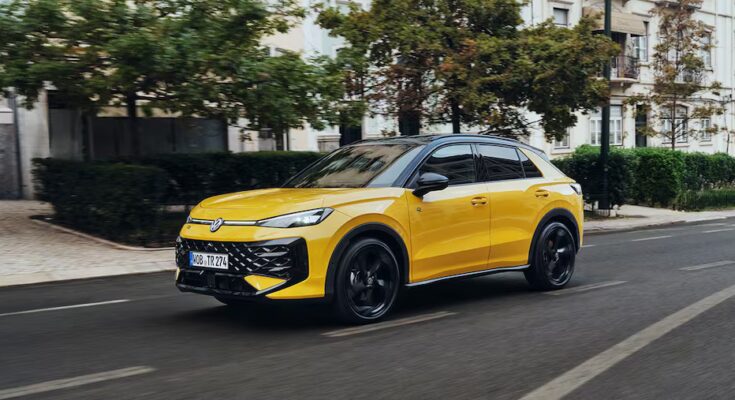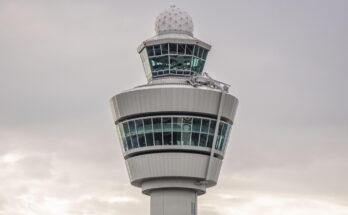The new generation of T-Roc has practically nothing in common with the previous generation. It’s changed inside and out, it’s based on a different architecture, it’s more connected by also offering ChatGpt, it has a lot of new technology and a very different reach. In fact, after being one of the few Volkswagens to never have a hybrid engine, this new generation completely switched to this technology and, at the same time, completely rejected the turbodiesel that provided a major boost to the success of the previous series.
The Volkswagen T-Roc is electrified with also reconsidering the full hybrid engine
The conversion to electrification of the T-Roc will not only rely on a 48 V mild hybrid version like other models from the Volkswagen group, but also a full hybrid which will arrive in 2026 and will not be the first from the German group. In fact, more than a decade ago Volkswagen created a full hybrid combined with a dual clutch gearbox. A system with which he anticipated what other manufacturers would later do distancing themselves from Toyota which always proposed gearboxes that imitated gearboxes with continuously variable ratios. This engine was only applied to the proposed three-volume Jetta aka Golf with the name Hybrid, presented at the 2012 Detroit Motor Show and then exhibited the following year at the Geneva Motor Show, but only sold in a few markets and never in Italy. This Jetta had little success and was archived in 2016 along with a 150 horsepower powertrain consisting of a 1.4 liter turbo engine and an electric unit that pushed it several kilometers with zero emissions even up to 70 per hour, which was then completely “forgotten” by Volkswagen along with the rest of the world. Now, Volkswagen is re-evaluating the solution which, meanwhile, has spread across many of its competitors, gaining many approvals, but at the moment it has only been revealed that it will be offered in 136 and 170 horsepower variants. However, reliable rumors point to a system that integrates the 1.5-liter turbo engine and, of course, the electric unit together with a gearbox that, however, will not be a dual clutch and, an easy prediction, will extend its range of action to other brands of the German group as well.
Volkswagen T-Roc, its evolution is based on an updated architecture
The 2025 edition of the T-Roc takes a lot of inspiration from both the latest thermal models and pure electric models. In fact, the new series is based on the Mqb Evo architecture introduced by the Golf 8 and later also adopted by the current Tiguan and Passat Variants optimizing the internal space while allowing, at the same time, the adoption of any type of hybrid engine with all its accessory components, the latest generation of electronic systems that increase dynamism also through a multi-arm rear axle and the latest evolution of the optional adaptive suspension, safety and driving assistance. While waiting for the Hybrid versions with 136 and 170 horsepower as well as the mild hybrid 48 Volt 2.0 eTsi with 4Motion all-wheel drive, which will initially be offered in the variant with 204 horsepower and later also in the variant upgraded by the R department, the new T-Roc debuts with two versions with mild hybrid technology 48 V with 115 horsepower and 220 Nm of torque and 150 horsepower with a pair of 290 Nm. Both are powered by a supercharged 1.5-litre eTsi Evo2 petrol engine with automatic deactivation of two of the four cylinders in some use situations combined with a seven-speed dual-clutch gearbox. In practice, the unit is also available for the Golf 8. In the case of the T-Roc, the less powerful one pushes the car up to 196 per hour and 100 per hour in the 10″6, while the other allows you to reach 212 per hour and reach 100 per hour in the 8″9. Regarding consumption, Volkswagen states an average of 5.5-6 liters per 100 kilometers, depending on specifications.



